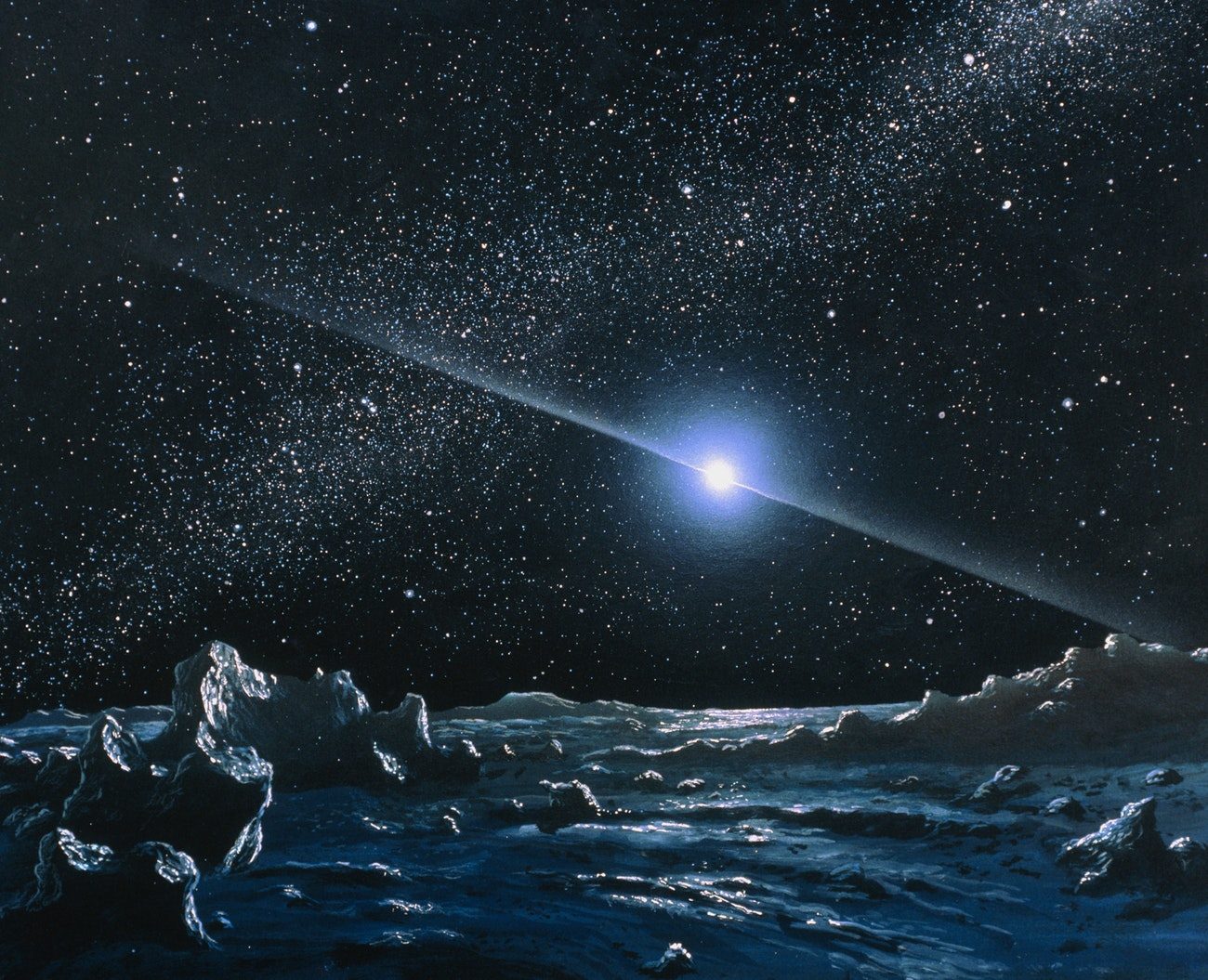
© Chris Butler/Science Photo Library/Getty ImagesAn artists impression of an ultra-luminous pulsar, seen from a nearby planet.
Ultra-bright neutron stars are somehow breaking what was thought to be a hard-and-fast law of physics, by collecting matter at a rate that should be impossible.
So far, four of the unfeasibly hungry stars have been detected, with the latest described in
a paper published in the journal Nature Astronomy. The small number is not necessarily an indication of rarity; the first was only discovered, by NASA's
Nuclear Spectroscopic Telescope Array (NuStar), in 2014.
Or, perhaps more correctly, it was only in 2014 that a neutron star was definitively identified as the cause of a phenomenon, known as ULX, that had been initially observed in the 1980s. ULX stands for "ultra-luminous X-ray source", and characterises an astronomical X-ray source that is less bright than a galactic nucleus but brighter than pretty much everything else.
A ULX is brighter than any known star. Most galaxies seem to sport one, although some have several. The Milky Way, curiously enough, has none.
They key characteristic that makes ULXs fascinating is that they routinely exceed what is known as the
Eddington limit for neutron stars and black holes.
The Eddington limit defines the point at which the outward pressure of a star's radiation matches the inward pull of its gravity. Going beyond this limit would be, in theory, immensely destructive, with the luminosity - the outwards radiation - forcefully disintegrating the star's outermost layers until the limit is once more met and equilibrium restored.
Because of this curious quality, debate has raged about what exactly the source of ULXs might be.
A study in 2001 cautiously suggested that individual ULXs may contain extremely massive black holes.
